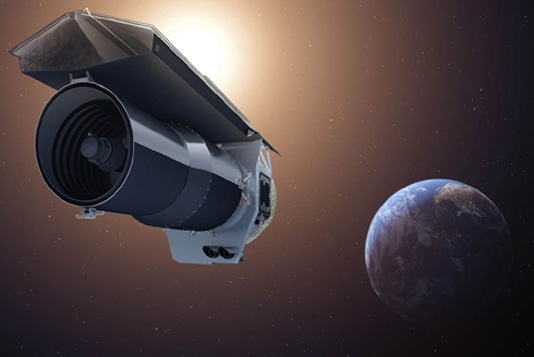LOS ANGELES, Jan 23, 2020 (BSS/XINHUA) – NASA’s Spitzer Space Telescope,
having been exploring the universe in the infrared for over 16 years, will
conclude its mission on Jan. 30, said NASA’s Jet Propulsion Laboratory (JPL)
on Wednesday.
Launched in 2003, Spitzer revealed previously hidden features of known
cosmic objects and led to discoveries and insights spanning from the solar
system to nearly the edge of the universe, said the JPL in a press release.
“Spitzer taught us how important infrared light is to understanding our
universe, both in our own cosmic neighborhood and as far away as the most
distant galaxies,” said Paul Hertz, director of astrophysics at NASA
Headquarters.
“The advances we make across many areas in astrophysics in the future will
be because of Spitzer’s extraordinary legacy,” Hertz said.
Spitzer was designed to study “the cold, the old and the dusty,” three
things astronomers can observe particularly well in infrared light. The
telescope has studied some of the most distant galaxies ever detected.
Spitzer also has a keen eye for interstellar dust, which is prevalent
throughout most galaxies, said the JPL, adding that some infrared wavelengths
of light can penetrate dust when visible light cannot, allowing Spitzer to
reveal regions that would otherwise remain obscured from view.
“It’s quite amazing when you lay out everything that Spitzer has done in
its lifetime, from detecting asteroids in our solar system no larger than a
stretch limousine to learning about some of the most distant galaxies we know
of,” said Michael Werner, Spitzer’s project scientist.



